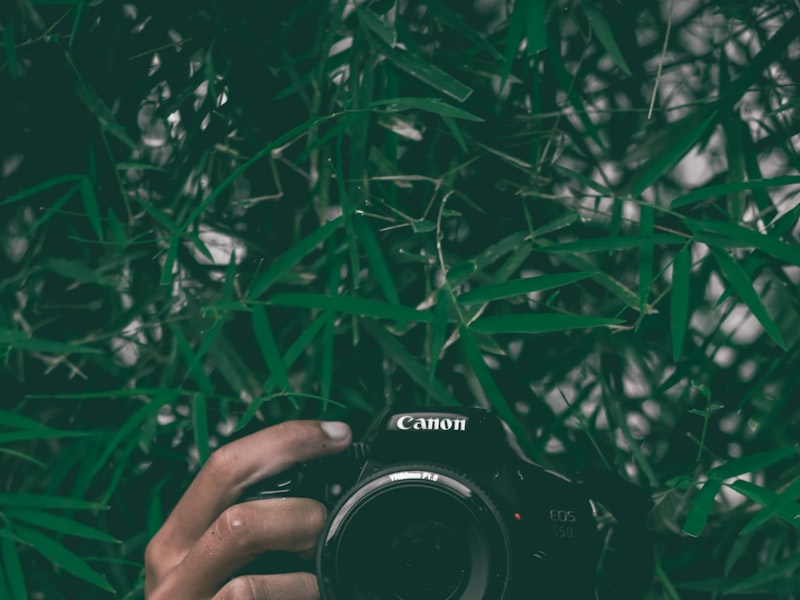The origin of the officetel tree has been a mystery to North American and Asian gardeners for over three centuries. This shrub is native to Japan, Korea and China. Its distribution is restricted to Korea and the isolated regions of Asia. The officetel is

Although a lot of research has been done about the history of the original officetel founder, very little has been done to explore the possible origins of this portmanteau. Seo-tong is the Korean term for officetel. But in the United States, the term neo-tong is used to refer to the umbrella tree commonly known as the American officetel or the California poppies, or the red poppies, also sometimes called the California poppy. The name was adopted after an early American ornamental painter who used it to decorate the back portion of his studio (thus the name). Edwin Cezanne, an avid art lover brought the poppies from China to America in 1907. The widely recognized picture of the Chinese student-hummingbirds is based on his painting, "The Return of the Mandarin", (1907).

From the foregoing it should be clear that the origin of the name "portmanteau" had nothing to do with hummingbirds and was instead based on another less well-known Asian herb. Ironically, the same plant (the scented oriental orriel), which is sometimes incorrectly called "ginseng", provides the main source for the Korean popular tea, keoladeo. 여수op 's often found in Korean residential architecture. However, while the herb does not share the name with the portmanteau, the similarities between the two Asian herbs do lead some to draw a parallel between the two Korean housing typologies.
Like most Korean house styles, the kitchen is where most of the action occurs in the home. The traditional design has the kitchen separated from the dining area - which is a space that's used to prepare family meals. The main room (or bungalow) can be reached by a separate stairway. This was done to avoid the rooms competing for limited kitchen space which was often scarce in colonial times. Today, in the modern apartment, the kitchen / dining room boundary has been largely erased, creating a large living room in addition to the two traditional home areas.
Other homemakers may have trouble coming up with a good homemaking design and may need additional assistance from a housing designer. The officetel-style architecture found in Korean apartments allows for a wide range of design options that could be integrated into a typical kitchen. Most Korean condos, for example, feature a tiered "chard" of kitchen furniture arranged in concentric circles, which gives the kitchen a somewhat botanical feel. Some of the most common homemaking tools include the following:
Traditional homemakers' favorite is the so-called "cast-iron incendium," which consists of a stove (sometimes accompanied by a small fridge), a cutting board and a number of wooden spoons. The cast-iron fireplace can be used as a display for art or to hang artwork. The stove and the accompanying benches used to be located on the 2nd level of a bungalow. These fixtures are very rare today, except for a few models made in modernist architecture and by highly-skilled manufacturers. Modernists seem to have managed to eliminate or minimize the traditionalist aspect of Korean homes.
As it was first introduced in Korea, the officetel can be described as one of the essential amenities which comprise the support system for any Korean home: the portmanteau. Although Korean ports and hotels do not generally resemble the regal grandeur of medieval times, they still follow some of the same standards that characterized the original versions. The bathroom and toilet are two examples of interior spaces that have been emphasized. They both feature large, porcelain-topped doors and beautiful etched and stained glass bottoms. These aren't the only places where you can find these amazing works of art. The bungalow exteriors are often decorated in the exact same extravagant style.
You can see that the Koreans originally used the officetel to show their superior culture. Just like the bouquet of flowers or the mirror that a Korean lady will wear to present herself before her guests, the Korean officetel is an important part of Korean culture. It may be a good idea to include it in your home, to reflect the Korean traditions. To learn more about Korean etiquette and the tradition of the officetel, visit the website below.
